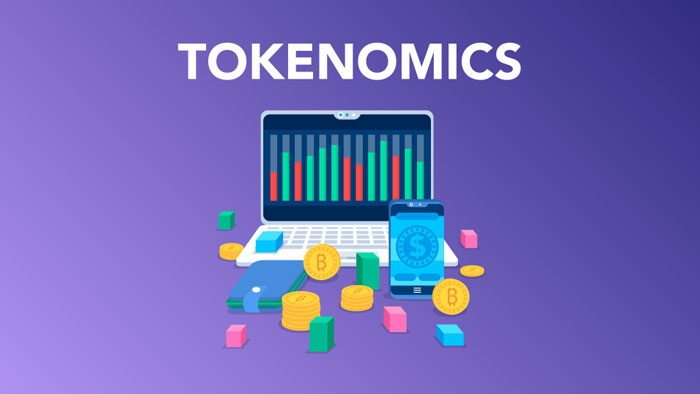Evaluating Tokenomics
When evaluating tokenomics—the economic model governing a cryptocurrency's native token—accredited investors consider various factors and features that could contribute to its success or failure.

Here's a breakdown of factors or features associated with the total breakdown of tokenomics:
1. Poor Token Distribution:
If a significant portion of the token supply is held by a small number of individuals or entities, it can lead to centralization and market manipulation, undermining the token's value and utility.
2. Lack of Utility:
Tokens should have clear use cases within the ecosystem they're designed for. If a token lacks utility or its use cases are limited, it may struggle to maintain value and attract users.
3. Inflationary or Deflationary Issues:
Poorly designed inflationary or deflationary mechanisms can lead to volatility and instability in token value. Excessive inflation may devalue the token over time, while deflationary mechanisms can lead to hoarding and price manipulation.
4. Absence of Governance Mechanisms:
Without effective governance mechanisms in place, token holders may lack the ability to participate in decision-making processes regarding protocol upgrades, network changes, or dispute resolution, leading to governance crises and community discord.
5. Lack of Scalability:
Inadequate scalability solutions can limit the growth and adoption of a blockchain platform, hindering the demand for its native token and affecting its value proposition.
6. Security Vulnerabilities:
Tokenomics breakdown can occur if the blockchain network suffers from security vulnerabilities, such as smart contract bugs, protocol flaws, or susceptibility to hacking attacks, eroding investor confidence and value.
7. Regulatory Compliance Issues:
Failure to comply with regulatory requirements, such as AML, KYC, or securities regulations, can lead to legal challenges, regulatory crackdowns, and loss of trust from investors and users.
8. Erosion of Community Trust:
Lack of transparency, communication, or responsiveness to community concerns can erode trust in the project team and the token's underlying technology, leading to community fragmentation and diminished support.
9. Technological Obsolescence:
Rapid advancements in blockchain technology may render certain projects or tokens obsolete if they fail to innovate and adapt to evolving industry standards and user demands.
10. Market Manipulation:
Manipulative practices such as wash trading, pump and dump schemes, or insider trading can artificially inflate or deflate token prices, leading to market distortions and loss of investor confidence.
Conclusion:
Addressing these factors and features proactively and implementing robust tokenomics strategies can help cryptocurrency projects mitigate risks and enhance the sustainability and viability of their native tokens in the long term.
